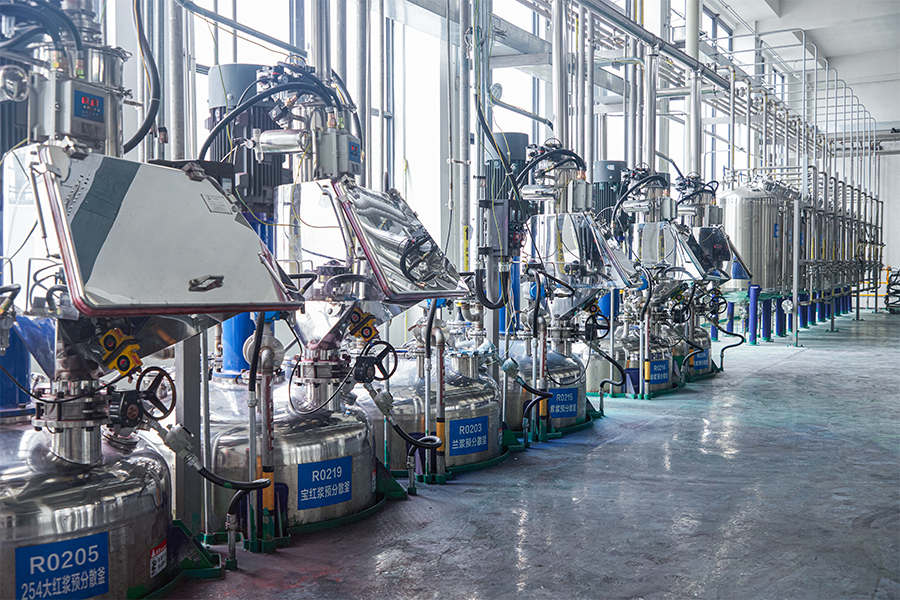Oil based coating has long been a staple in industrial applications, prized for their strong adhesion, durability, and protective qualities. These coatings, typically formulated with organic solvents, have served a wide range of industries, including metal fabrication, automotive, and construction. However, as environmental regulations and workplace safety standards have become more rigorous, oil-based coatings now face increasing challenges in compliance and market acceptance.
Strengths of Oil-Based Coatings
One of the main reasons oil-based coatings remain in use is their reliable performance in demanding environments. They often provide lovely resistance to chemicals, abrasion, and weathering, making them suitable for applications where long-term protection is critical. Their hardness and ability to form a robust film can outmatch some water-based coating in specific heavy-duty uses.
For many manufacturers, the proven track record of oil-based coatings offers confidence in consistent product quality and durability.

Compliance Challenges
Despite their strengths, oil-based coatings typically emit higher levels of volatile organic compounds (VOCs) during application and drying. VOCs contribute to air pollution and are subject to strict limits imposed by environmental agencies worldwide.
Facilities using oil-based coatings may need to invest in advanced ventilation, emission capture, and solvent recovery systems to meet these requirements. These added measures increase operational costs and complexity.
Furthermore, the flammability and toxicity of the organic solvents used in oil-based coatings require rigorous handling protocols to protect worker health and safety. This can cause increased training, monitoring, and insurance expenses.
Market and Regulatory Pressures
Many regions have enacted regulations aimed at reducing VOC emissions, incentivizing the shift toward low-VOC alternatives like water-based coatings. This creates a challenging environment for oil-based products, which may face restrictions or phased reductions in allowable use.
In addition to government mandates, customer demand is shifting. Procurement teams are increasingly prioritizing suppliers with greener product portfolios to align with corporate sustainability goals and consumer expectations.
Innovations and Adaptations
To address these challenges, manufacturers of oil-based coatings are developing lower-VOC formulas and blends that comply with regulations without sacrificing performance. Additives and new solvent systems can reduce emissions, but often at higher costs.
Some oil-based coatings also incorporate functional properties such as improved flexibility, faster drying, or enhanced corrosion resistance to maintain relevance in niche applications.
Balancing Tradition with Change
For many industries, oil-based coatings continue to serve important roles where their performance characteristics are difficult to replace. However, balancing these benefits with modern compliance demands requires careful evaluation.
Companies must consider total lifecycle impacts, including environmental compliance costs, worker safety, and evolving market preferences. In some cases, transitioning to water-based coatings or hybrid systems may offer a practical pathway to meet these needs.
Oil-based coatings remain a viable option for specific industrial uses but face increasing scrutiny due to VOC emissions and safety concerns. Ongoing innovation and regulatory adaptation will shape their future role in the market.
Manufacturers and procurement professionals should weigh the traditional strengths of oil-based coatings against the operational and regulatory challenges to determine the suitable coating solution for their projects.


 English
English русский
русский Español
Español Português
Português عربى
عربى
